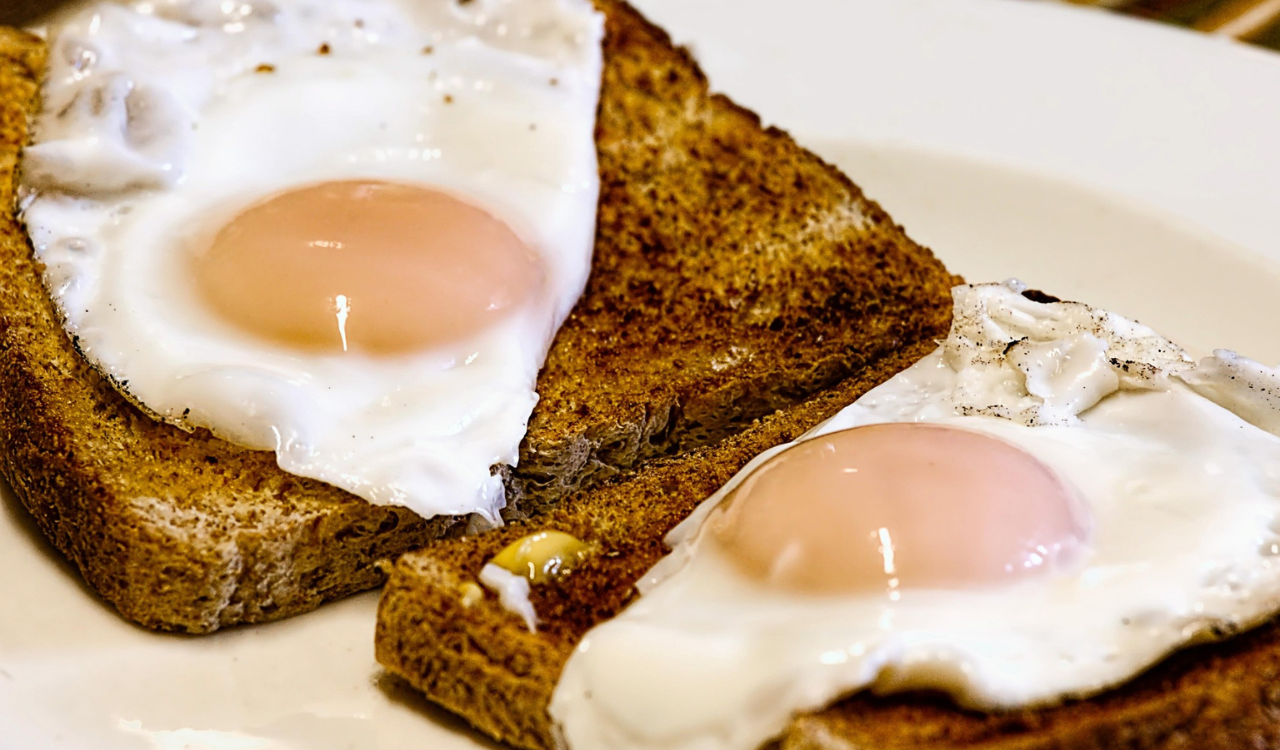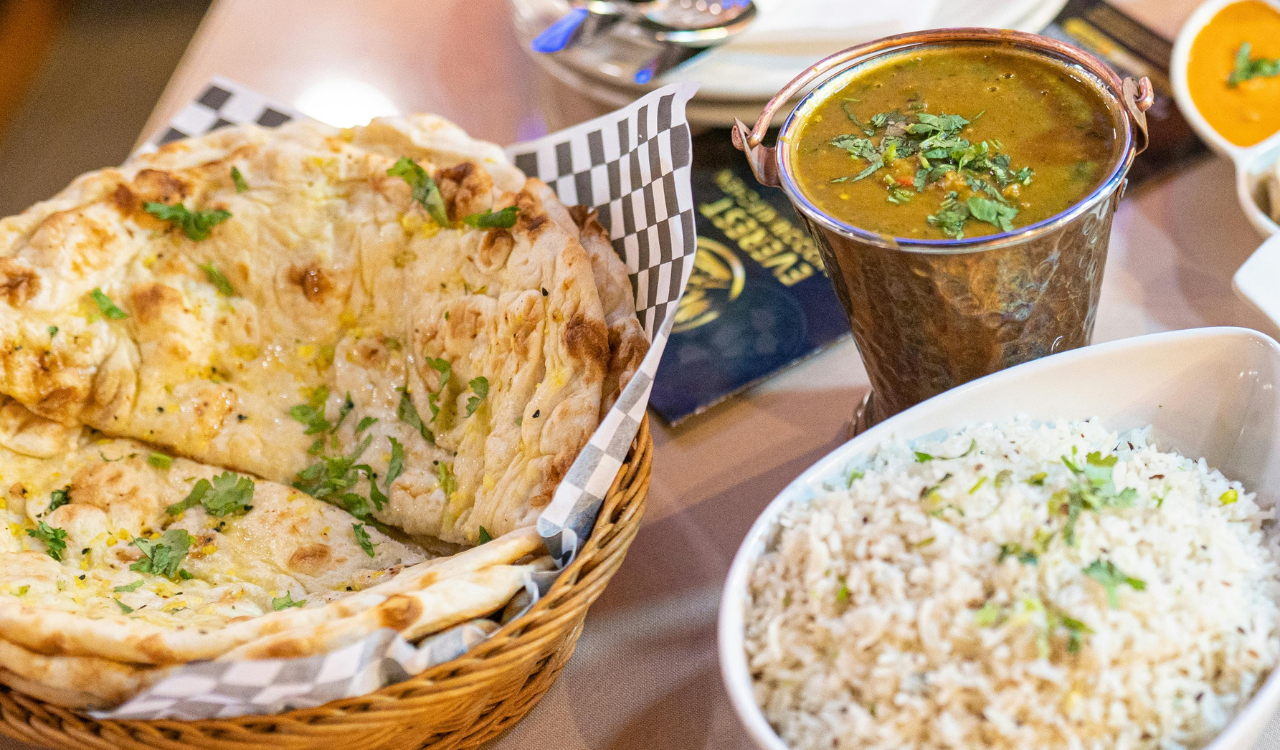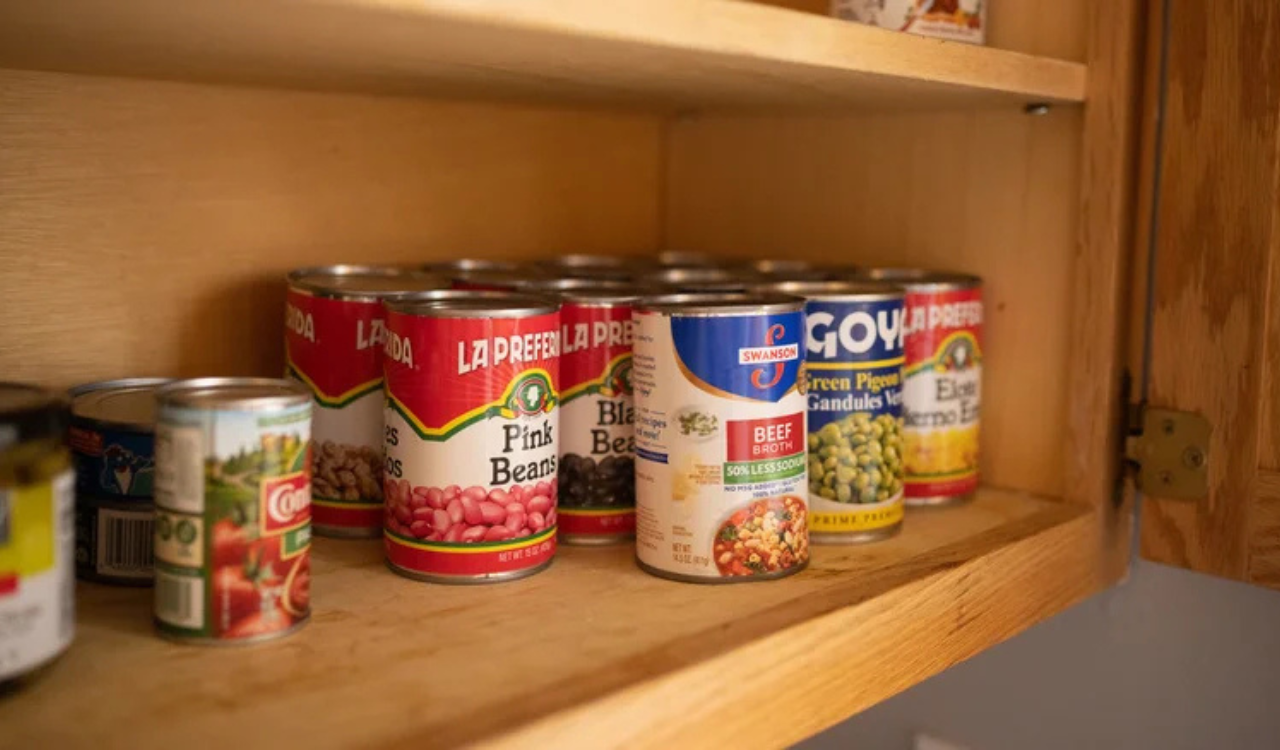8 Ways to Add Crunch Without Frying
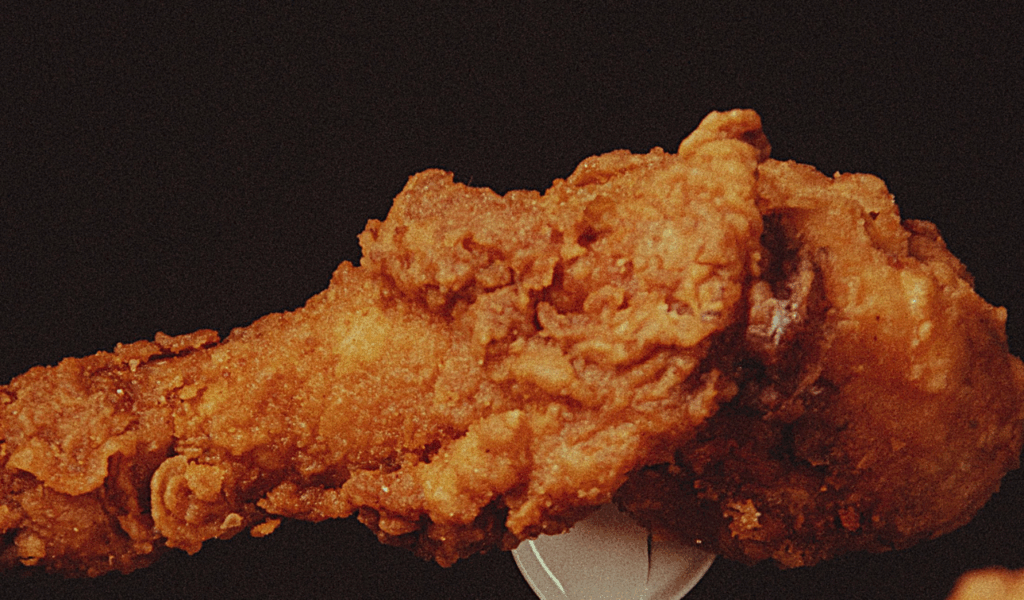
One of the best food textures is crunch, which adds excitement when it snaps or cracks when you bite into it. However, you don’t always need a lot of oil or deep frying to get that satisfying crunch. Let’s look at eight dependable ways to use crunchy ingredients and healthy, clever methods to add crunch to meals. These techniques avoid the grease or health risks associated with deep-frying while preserving flavour and adding interest to textures. There is something here to suit your needs, whether you are cooking proteins, vegetables, or simply looking for textural contrast.
1. Roasting at High Heat
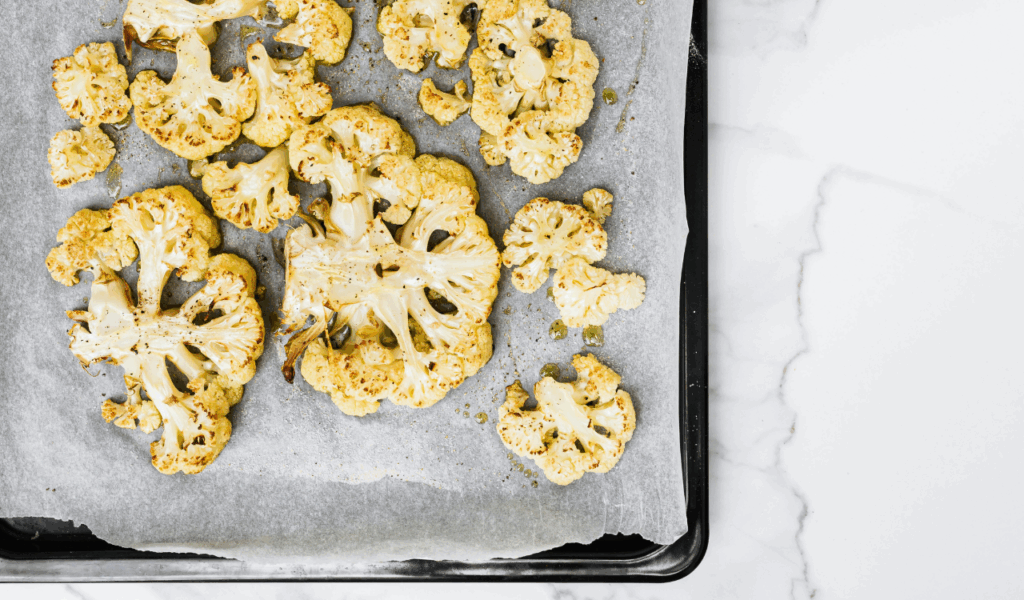
You can achieve crunchy textures and crisp edges without soaking in oil by roasting food at high enough temperatures in an oven. Roasting vegetables (such as Brussels sprouts, carrots, and peppers), proteins (such as fish or chicken skin), or even nuts results in the caramelisation of sugars and proteins on the surface, which produces a tasty crust. Use a single layer to allow for airflow, avoid packing the tray too full, and, if necessary, finish with a quick high-heat blast to darken the edges for the best results. Without frying, this method provides a satisfying crunch with little to no oil spray. (Sources back up the idea of roasting or baking instead of deep-frying to achieve crispiness.)
2. Using an Air Fryer

Convection, or hot air circulation, is used in air fryers to crisp food surfaces and provide that fried texture while using significantly less oil. While brushing or lightly misting food with oil promotes browning and improves heat conduct, you need a lot less than when deep-frying. To guarantee uniform exposure, turn or shake the food halfway through cooking. For added crunch, use crusts or coatings like panko, cornmeal, or crushed crackers. For foods you would typically fry, like fries, nuggets, or vegetable chips, air frying works particularly well.
3. Toasting Nuts, Seeds, or Breadcrumbs

As a garnish or component of the dish, toasted nuts or seeds offer crunch. When used as a crust or sprinkle, toasted or baked breadcrumbs—particularly Panko style—can add a crisp texture. They gain crunch and flavour (becoming nutty or more aromatic) when lightly toasted in a dry skillet or briefly baked in the oven. Add them to casseroles, gratins, roasted vegetables, and salads. Without using too much oil, toasted breadcrumbs can even bake into crispy crusts.
4. Dehydrating or Drying Elements

A great way to add crunch is to use dried or dehydrated ingredients. Consider dehydrated slices (apples, zucchini, kale), dried fruit chips, or vegetable chips baked at a low temperature for an extended period of time. Crisped grains or dried crackers can also be added as garnishes. By eliminating moisture, drying increases the stability of the crunchy texture. Instead of frying, use moderate heat and let the food dry. This method works well for garnishes, snacks, and adding crunch to oil-free soups and bowls.
5. Layering Crisp Toppings at the End
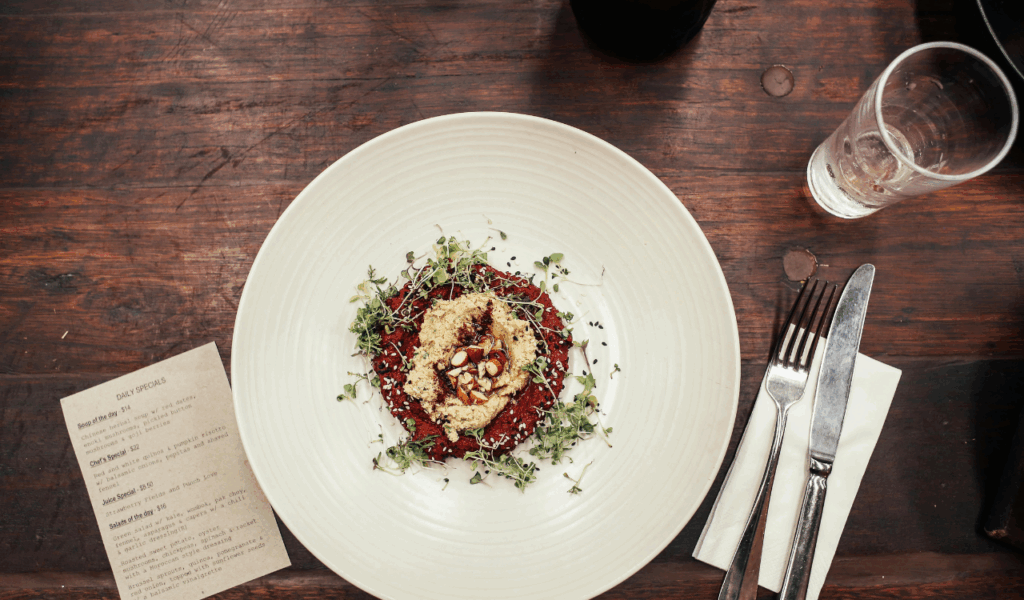
Just before serving, add crunchy toppings to avoid them becoming softer from cooking or residual moisture. Examples include the crunch of toasted coconut or puffed rice, toasted breadcrumbs, crumbled crackers, crispy onions or shallots, and toasted nuts or seeds. The softer base (soups, stews, purees, and salads) is contrasted with these toppings. Their crispness is preserved due to their late addition. It’s a quick and easy way to add texture interest to every bite.
6. Using Coatings and Crusts Without Deep Frying
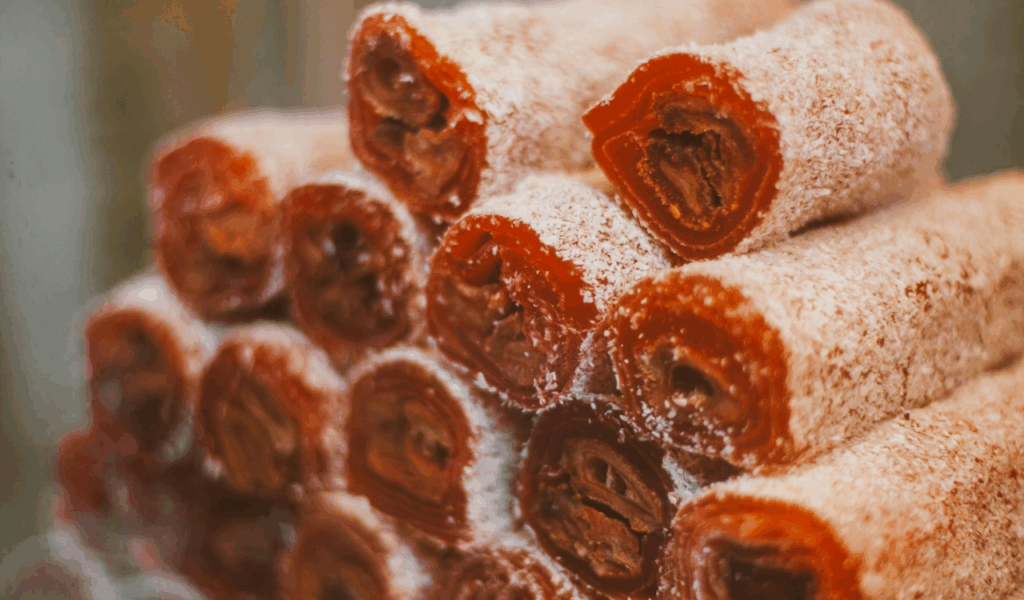
Instead of submerging food in oil, you can create crispy crusts by coating it and baking or air-frying it. Apply coatings such as cornmeal, crushed crackers, panko breadcrumbs, or even crushed nuts. The meat or vegetables should be patted dry before being coated with a wet binder, such as yoghurt or egg wash, and baked or air-fried until golden. The coating creates the crunchy exterior while keeping the interior soft. This is applicable to vegetables, proteins, and even cheese or tofu cubes.
7. Grilling or Broiling
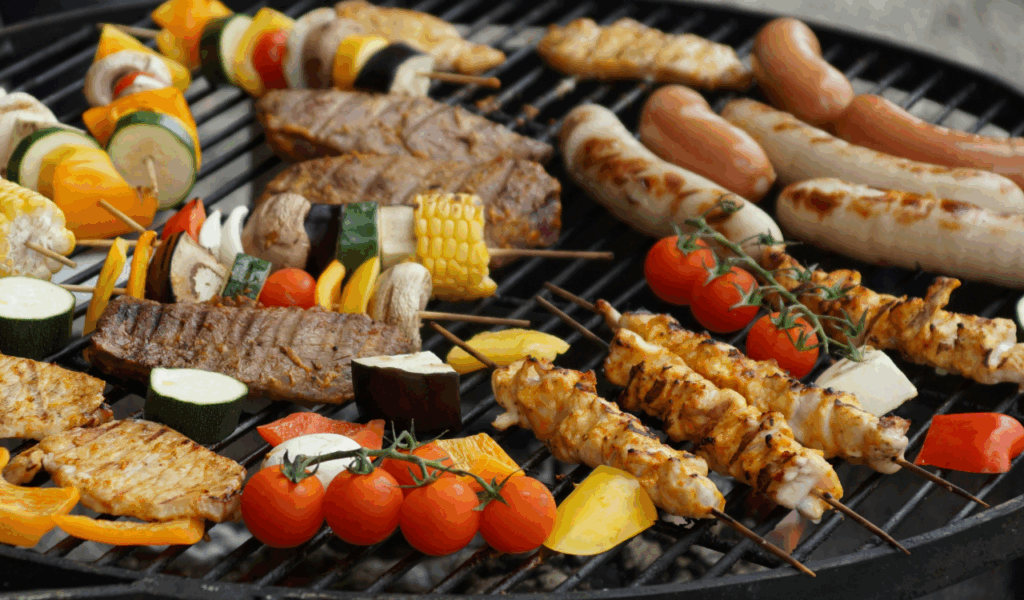
A grill or broiler’s high direct heat can create crisp edges and surfaces that resemble some frying effects. For instance, grilling bread slices, meats, or vegetables adds crunch, crust, and char. Similar to this, broiling in an oven crisps the surface of food by exposing it to high temperatures from above. To prevent the crisp from burning, it is important to briefly expose it to high heat and to turn or flip it as necessary. These techniques yield good texture and smoky or caramelised flavours with little oil (just a thin coating).
8. Incorporating Raw Crunchy Ingredients
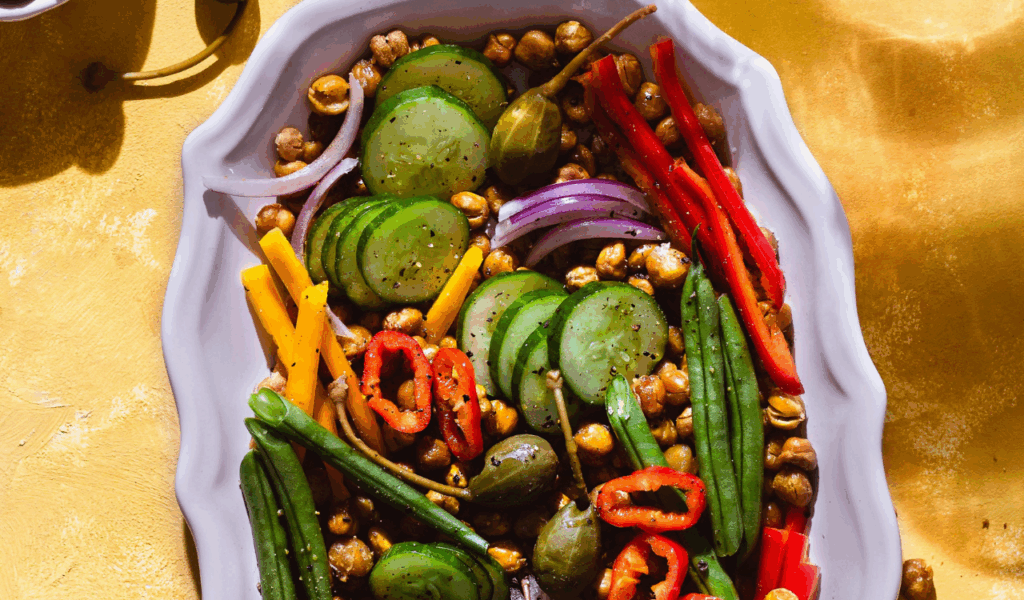
There are times when cooking is completely unnecessary to achieve the crunch. To add texture contrast, you can add raw veggies (like bell peppers, cucumbers, carrots, and radishes), raw nuts or seeds, crisp legumes, or crunchy grains (like puffed rice). They aid in lifting moist or soft foods (such as bowls, grains, dips, and curries). Additionally, crunch is preserved by adding crisp toppings at serving time or layering fresh salads into cooked dishes. Using raw crunch eliminates the need for cooking or oil and adds freshness.
